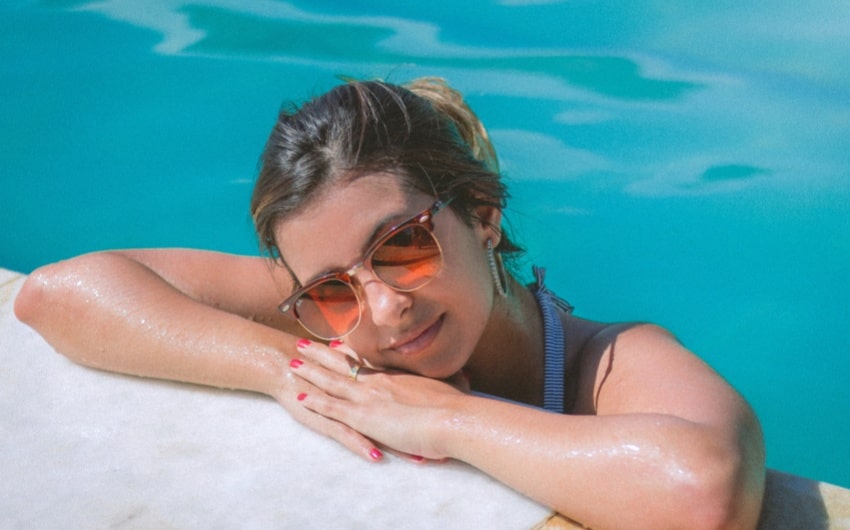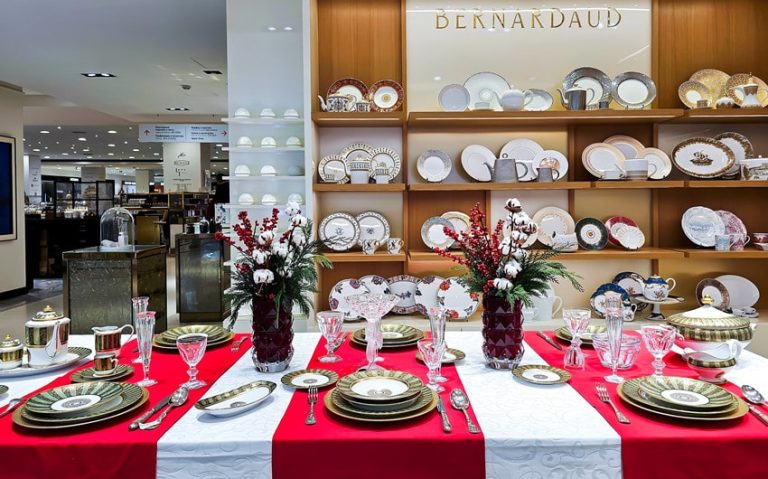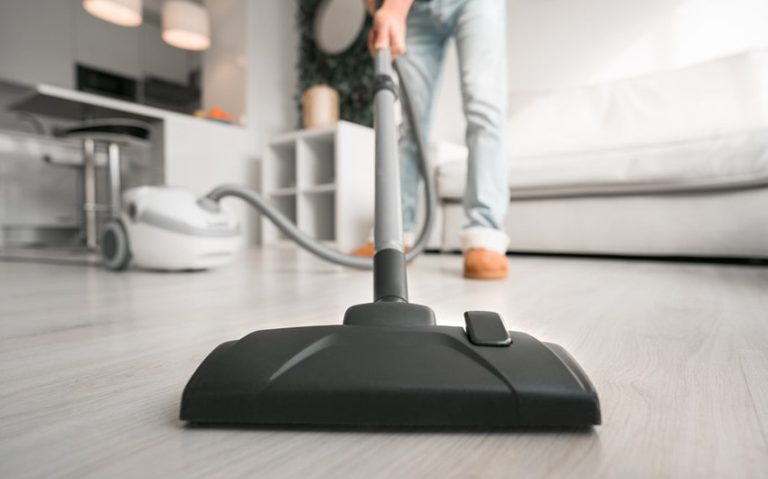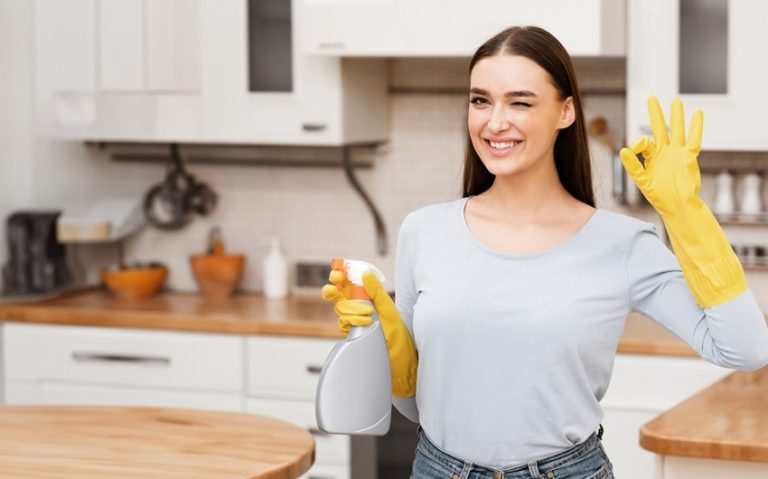As summer temperatures soar, pool owners often grapple with the challenge of how to cool down a pool for a comfortable and refreshing swim. In this article, we delve into various strategies, from traditional methods to innovative technologies, to maintain an ideal pool temperature.
Whether you’re seeking simple fixes or advanced solutions, our guide will help you transform your pool into a refreshing oasis.
Understanding Pool Temperature Dynamics
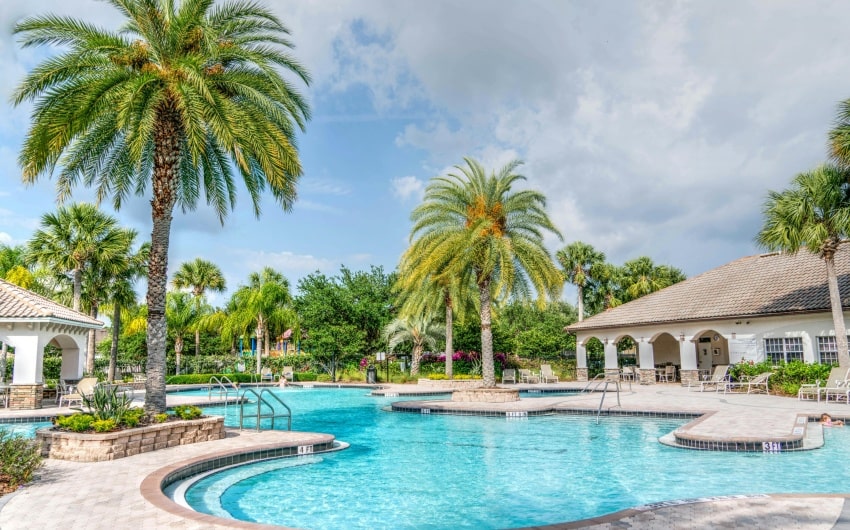
The temperature dynamics of a pool are influenced by several key factors. Firstly, environmental conditions play a significant role. Direct sunlight is the most prominent factor, as it heats the pool water directly. The intensity and duration of sunlight exposure can vary based on the pool’s location, time of day, and season.
Ambient temperature is another crucial factor. Higher air temperatures naturally raise the water temperature, especially during prolonged heat waves or in geographic regions with consistently hot climates. Conversely, cooler ambient temperatures can help maintain a lower pool temperature.
Water circulation and pool usage also impact temperature dynamics. Stagnant water tends to heat up more quickly than water that is regularly circulated.
Pools with efficient circulation systems can distribute heat more evenly, potentially reducing overall water temperature. Additionally, frequent use of the pool by swimmers can introduce body heat and disrupt the water’s surface, leading to slight increases in temperature.
Finally, the pool’s material and color can influence how it absorbs and retains heat. Darker pool surfaces absorb more heat than lighter ones, while certain materials, like concrete, can retain heat longer than others, such as fiberglass.
Understanding these dynamics is crucial for effectively implementing cooling strategies that maintain a comfortable and enjoyable pool temperature.
Traditional Methods of Cooling a Pool
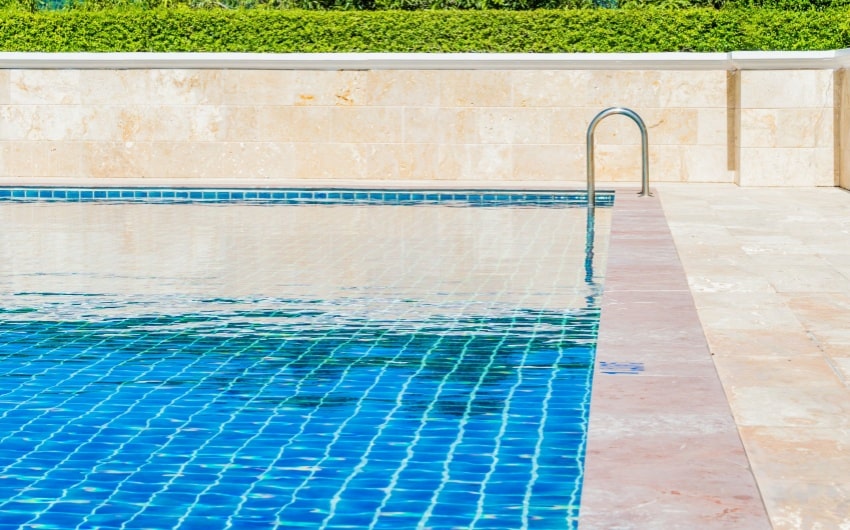
Traditional methods of cooling a pool are time-tested and often involve simple, low-tech solutions. Here are some commonly used techniques:
1. Shade Covers
Using shade covers or sails is a straightforward way to reduce the pool’s exposure to direct sunlight. By blocking a significant portion of the sun’s rays, these covers can prevent the water from heating up too much during peak sunny hours. They can be retractable or permanent structures, depending on the pool owner’s preference and budget.
2. Water Replacement
Periodically replacing a portion of the pool’s water with cooler water can help lower the overall temperature. This method involves draining a small percentage of the warm pool water and refilling it with cooler, fresh water from a regular water source. It’s a simple technique but may not be the most sustainable or cost-effective over time due to water usage.
3. Nighttime Cooling
Taking advantage of cooler nighttime temperatures is another traditional method. Leaving the pool uncovered at night allows the water to cool naturally. The cooler air helps dissipate some of the heat accumulated during the day, gradually reducing the water temperature. This method is more effective in areas where there is a significant temperature drop at night.
4. Evaporation Cooling
Encouraging water evaporation can also help cool down a pool. Evaporation naturally cools the water surface, though this method’s effectiveness depends on the humidity levels in the air. In dry climates, evaporation cooling can be a significant factor in reducing water temperature.
5. Wind Exposure
Increasing the pool’s exposure to natural wind can aid in cooling. Wind passing over the surface of the water can enhance evaporation and carry away some of the heat. However, this method is dependent on the local climate and weather patterns and might not be reliable in calm or humid regions.
These traditional methods are often favored for their simplicity and low upfront cost. They can be particularly effective in moderate climates or for pool owners looking for an eco-friendly approach without the need for additional energy consumption.
Innovative Cooling Technologies
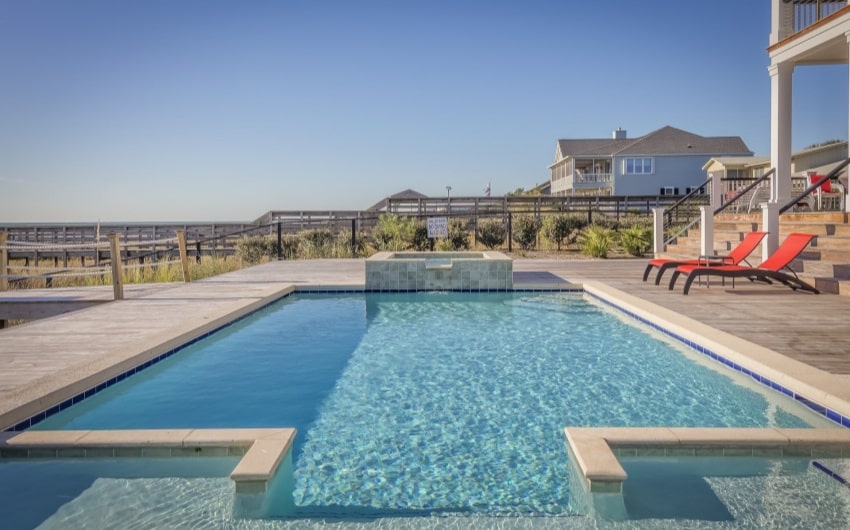
In recent years, advancements in technology have led to innovative solutions for cooling down a pool. These methods are typically more effective and efficient, albeit often at a higher initial investment. Here are some of the most notable innovative cooling technologies:
1. Pool Chillers
Pool chillers function similarly to air conditioners for water. They extract heat from the pool water and expel it, returning cooler water back into the pool. These systems can be particularly effective in consistently hot climates where traditional methods might fall short. They come in various sizes to accommodate different pool volumes.
2. Heat Pumps with Cooling Options
Some heat pumps are designed with both heating and cooling capabilities. During hotter months, these units can reverse their operation to cool the pool water instead of heating it. This dual functionality makes them a versatile option for year-round pool temperature control.
3. Automated Systems
Technological advancements have led to the development of automated pool cooling systems. These systems can monitor the water temperature and automatically activate cooling mechanisms as needed. They can be programmed according to specific temperature preferences and are often integrated with smart home systems for ease of control.
4. Solar-Powered Coolers
Solar-powered cooling systems use solar energy to operate cooling mechanisms. While their effectiveness can vary based on the availability of sunlight, they offer an environmentally friendly option by utilizing renewable energy.
5. Evaporative Coolers
Evaporative coolers work on the principle of water evaporation, similar to traditional methods, but are more controlled and efficient. They cool the air around the pool, which in turn lowers the water temperature. This method is especially effective in dry, arid climates.
6. Liquid Pool Covers
These are relatively new in the market and involve adding a biodegradable liquid to the pool surface. This liquid forms a thin, invisible layer that reduces evaporation, one of the primary causes of heat loss in pools. It’s an energy-efficient method that is gaining popularity for its ease of use and minimal impact on the swimming experience.
These innovative technologies offer more precise control over pool temperatures and are generally more effective in maintaining a consistently cool pool. However, they do require consideration of factors like energy consumption, installation complexity, and budget.
Natural and Eco-Friendly Solutions
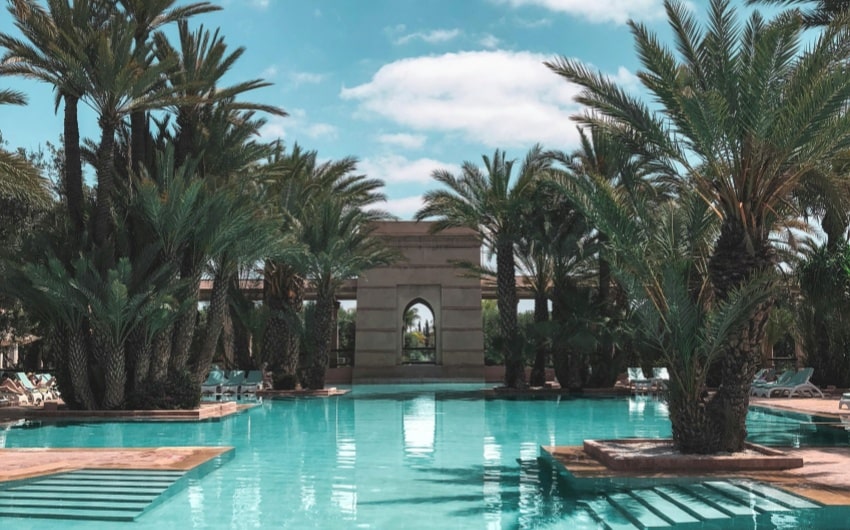
For those seeking environmentally friendly ways to cool their pools, there are several natural and sustainable options that minimize energy consumption and ecological impact:
1. Landscaping for Shade
Strategic landscaping is an eco-friendly way to reduce pool temperatures. Planting trees, shrubs, or tall plants around the pool area can provide natural shade, thereby reducing the amount of direct sunlight hitting the water. This method not only cools the pool but also enhances the aesthetic appeal of the pool area.
2. Solar Blankets
Solar blankets or covers are an effective way to prevent heat loss through evaporation, especially at night. While they absorb sunlight during the day, they also minimize water evaporation, which is a major cause of heat loss. These blankets can be easily rolled over the pool when not in use and are an excellent way to maintain temperature without using additional energy.
3. Windbreaks
Creating natural windbreaks around your pool can help in cooling it down. Windbreaks can be formed using plants, hedges, or fences. They increase air circulation over the pool’s surface, enhancing the natural cooling effect of evaporation. This method is particularly effective in windy areas.
4. Reflective Pool Surfaces and Colors
Choosing light-colored or reflective pool linings can help in reducing heat absorption. Lighter colors reflect more sunlight away from the pool, keeping the water cooler compared to darker colors that absorb more heat.
5. Natural Pool Designs
Natural pools, designed to mimic ponds or small lakes, use plants and natural filtering systems instead of chemicals to keep the water clean. These pools often incorporate shaded areas and are designed to maximize natural cooling through their ecosystem.
6. Use of Rainwater
Collecting and using rainwater to top off the pool not only conserves water but can also introduce cooler water into the pool. This method depends on the availability of rain and appropriate collection and filtration systems.
7. Water Features
Incorporating water features like fountains or waterfalls can aid in cooling the pool. The movement of water promotes aeration and evaporation, which can have a cooling effect on the pool’s temperature.
These natural and eco-friendly solutions are not only effective in maintaining a cooler pool temperature but also contribute to a sustainable and environmentally responsible approach to pool maintenance.
Cost and Energy Efficiency Considerations
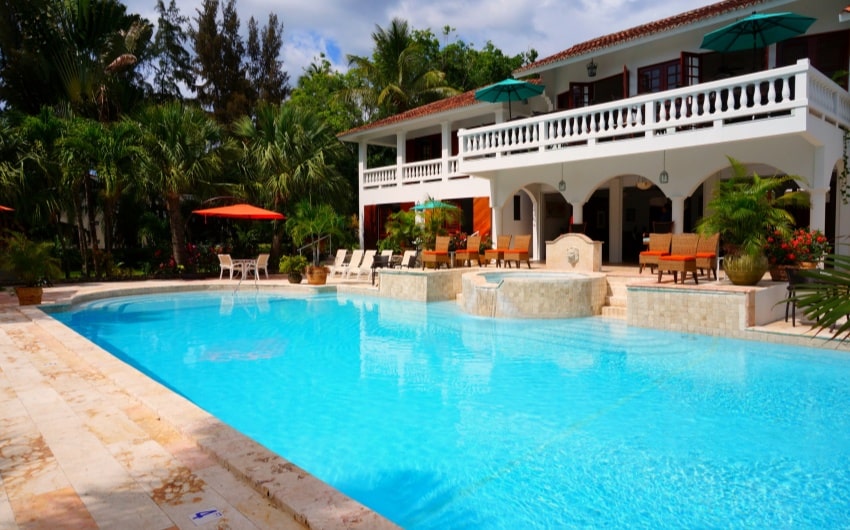
When choosing methods to cool down your pool, considering the balance between cost and energy efficiency is crucial:
1. Initial Investment vs. Long-Term Savings
High-tech solutions like pool chillers or heat pumps often require a higher initial investment but can be more energy-efficient in the long run. In contrast, traditional methods like shade covers or water replacement have lower upfront costs but might not be as effective in energy savings.
2. Operational Costs
Consider the ongoing operational costs. For instance, automated systems and chillers may increase your electricity bill, whereas eco-friendly options like landscaping or solar blankets have minimal ongoing costs.
3. Sustainability
Eco-friendly solutions, while potentially less effective in extreme conditions, offer sustainability benefits. Natural shading and solar covers, for example, use no additional energy and can reduce water evaporation, thereby saving both water and energy.
4. Maintenance Expenses
Regular maintenance can incur costs. Automated and high-tech systems may require professional servicing, whereas traditional and natural methods typically have lower maintenance costs.
Choosing the right cooling method involves weighing these factors based on your budget, the local climate, and your pool usage patterns. An optimal choice balances immediate costs with long-term savings and environmental impact.
Maintenance Tips for Optimal Cooling
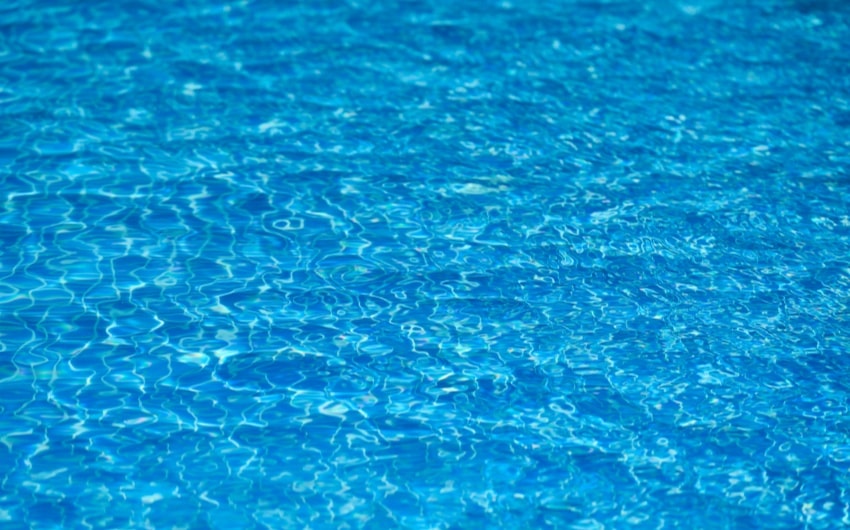
Proper maintenance is key to ensuring effective pool cooling. Here are concise tips for optimal performance:
- Regular Cleaning: Keep your pool and its cooling systems clean. Remove debris and clean filters regularly to ensure efficient water circulation and cooling.
- Check and Adjust Chemical Levels: Balanced chemical levels are crucial, especially in cooler water. Regularly test and adjust to maintain proper pH and sanitizer levels.
- System Inspections: Regularly inspect cooling equipment, such as chillers or pumps, for any signs of wear or malfunction.
- Cover Usage: Properly use and store pool covers to maximize their cooling (or heat-retaining) effectiveness, especially solar blankets.
- Water Level Management: Maintain an appropriate water level for optimal operation of cooling systems and to ensure effective evaporation cooling.
- Shade Structures and Landscaping: Periodically assess and maintain shade providers (like trees or sails) to ensure they continue to offer adequate shading.
Consistent maintenance not only helps in efficiently cooling your pool but also extends the lifespan of the cooling methods and equipment.
Conclusion
Cooling your pool is essential for enjoying the summer months to the fullest. By understanding the various methods available and considering your specific needs and pool characteristics, you can effectively manage your pool’s temperature for a delightful swimming experience.

